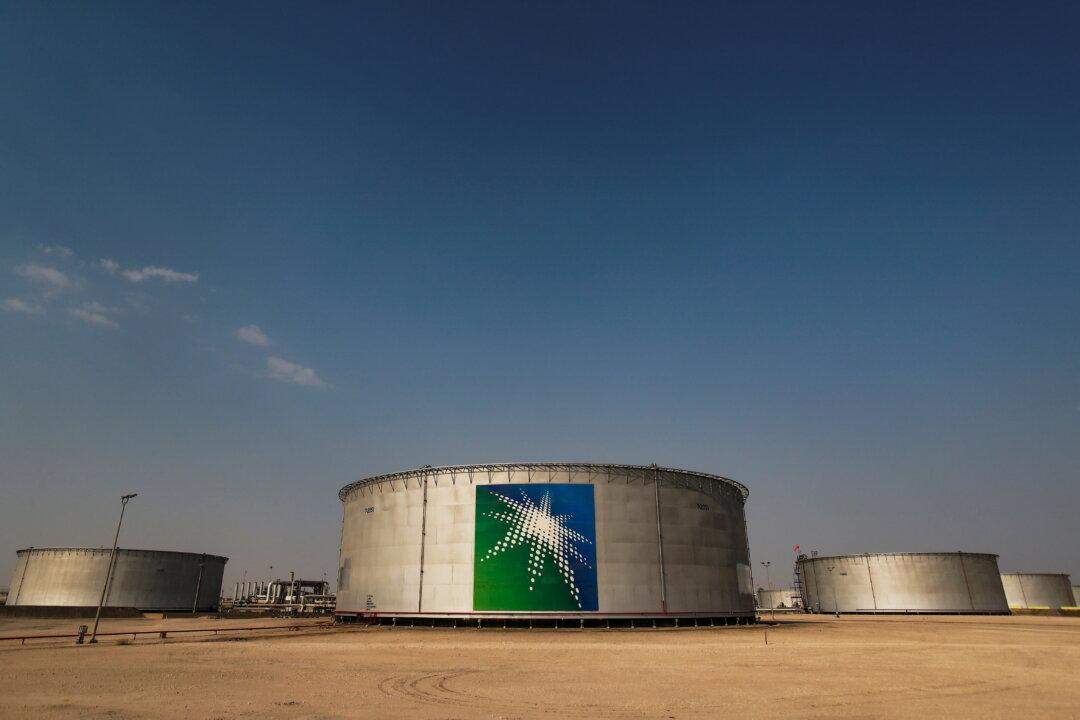LONDON—Oil benchmark Brent held above $88 on Wednesday as concerns about war escalating in the Middle East offset demand worries stemming from gloomy economic prospects in Europe.
Brent crude futures were up 11 cents to $88.18 a barrel at 0948 GMT, while U.S. West Texas Intermediate crude futures slipped 5 cents to $83.69 a barrel.





